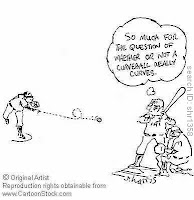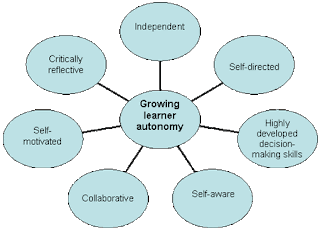What are the rules for texting in English?
There are no formal rules for writing SMS/texts. There are, however, some conventions. Texts (SMS) often use short sentences break grammar & spelling rules contain neologisms use short forms including acroynms & abbreviations Are ‘text words’ easy to understand? SMS short-forms are usually easy to recognise. Most take the first letter of a word or each word in a phrase e.g OMG Some are already in general English (e.g. ASAP for ‘as soon as possible’.). Others follow the same rule AAMOF for "as a matter of fact" IMHO for "in my humble opinion," or PLMK for please let me know. Which short-forms are most confusing? Neologisms from common words or phrases. These are usually based on the sound e.g. B4 (before), NE (any). Some are invented e.g W? (why). Some confusing short-forms AIGHT: Alright * GB: Goodbye * GL: Good luck * HV: Have * K or KK: Okay * M8: Mate * O\VA: Over * PEEPS/PPL: People * PLS: Please * PZ: Peace




